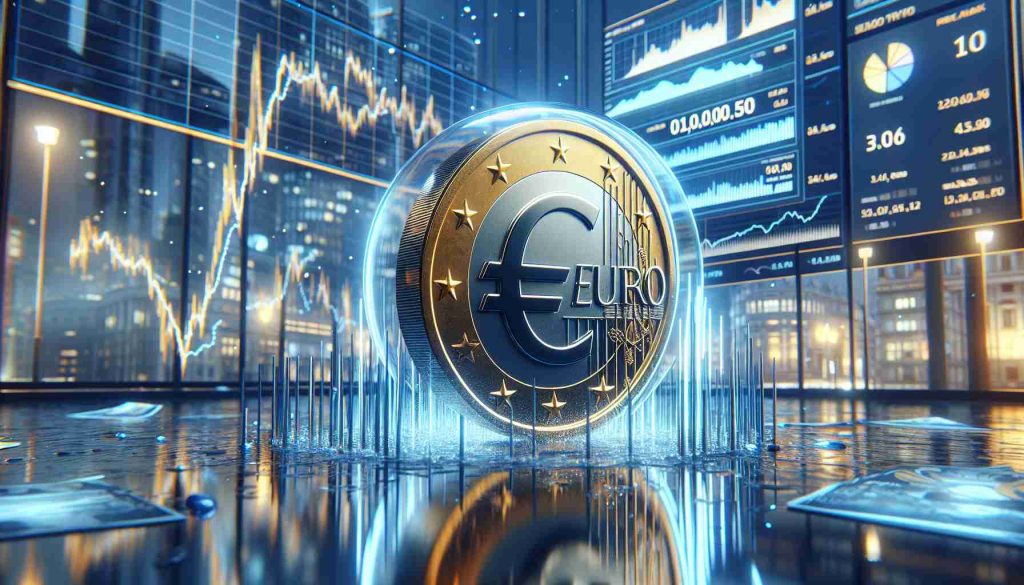The destiny of the Euro is intricately linked to a variety of economic indicators that span across the Eurozone. These factors fundamentally influence the currency’s value in the global market and provide a snapshot of the region’s economic vitality.
Inflation Intricacies: A pivotal element steering the Euro is the Eurozone’s inflation rate, gauged by the Harmonized Index of Consumer Prices (HICP). Should inflation rise beyond the European Central Bank (ECB)’s 2% target, the ECB might opt to hike interest rates as a countermeasure. Such actions generally bolster the Euro, making the Eurozone more enticing to worldwide investors.
Economic Performance Metrics: The strength of the economy, marked by GDP figures, Purchasing Managers’ Index (PMI), and consumer sentiment data, has a profound impact on the Euro’s performance. Strong economic data can attract foreign capital, potentially prompting the ECB to adjust interest rates upward, thus fortifying the Euro. Conversely, weaker figures tend to weaken the currency.
Trade Dynamics: The Eurozone’s trade balance, reflecting the difference between exports and imports, also plays a crucial role. A surplus in trade implies currency strength, thanks to elevated demand for goods, whereas a deficit could suggest a devaluation.
Beyond economic indicators, political events within the Eurozone, ECB communications, global economic conditions, and market sentiment amplify the Euro’s volatility. Shifts in political landscapes or central bank announcements can unsettle investors, influencing the currency’s trajectory. Ultimately, understanding the complex interplay of these elements offers investors deeper insights into the Euro’s movements.










More Stories
Decoding Property Taxes for Homeowners in Mexico
Exciting Opportunities Await in the World of Virtual Gaming
Embracing Age: Redefining Fashion and Identity